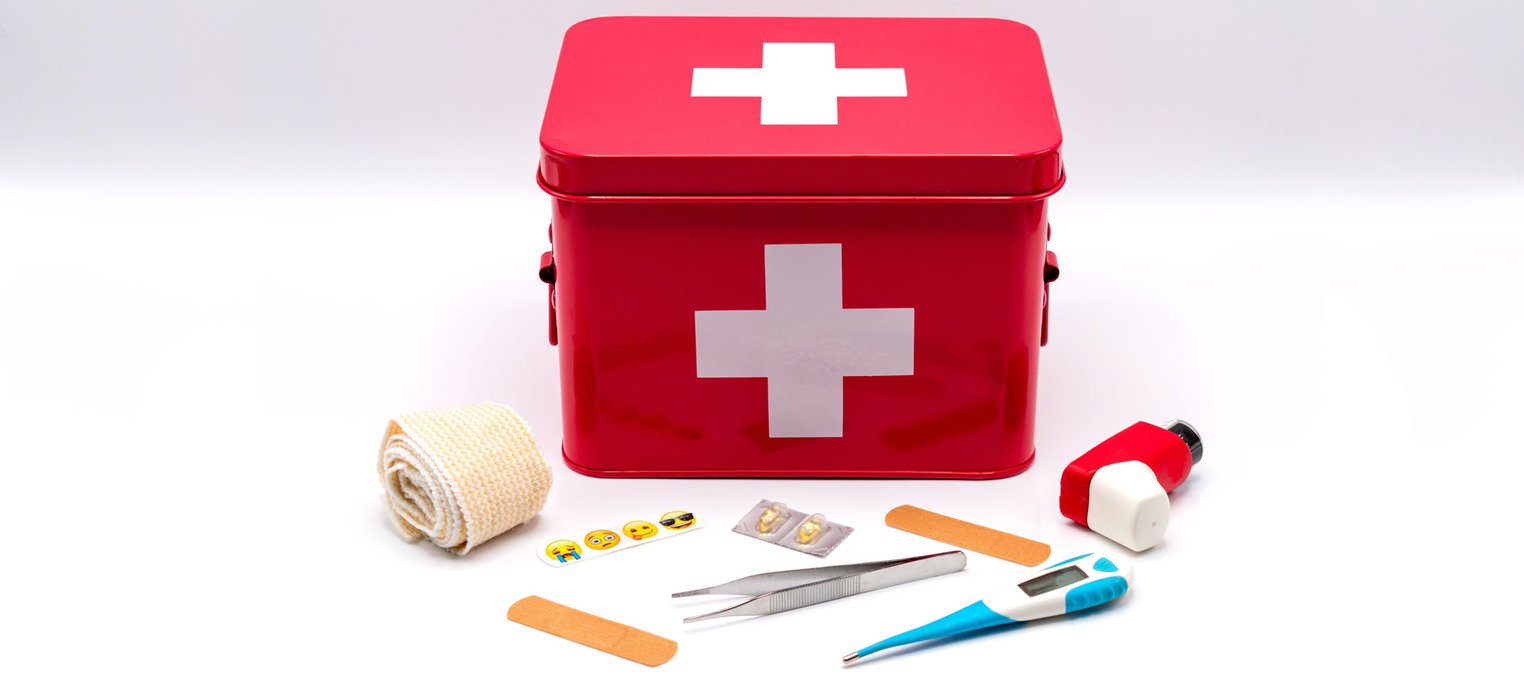September 27, 2022
Naloxone reverses overdose and saves lives

Opioid overdose has become a serious global issue, and Australia isn’t immune.
In 2020, opioids were involved in 3 out of 5 drug overdose deaths in Australia – a total of 1,091 people, or 3 deaths per day.1
Opioids include legal prescription drugs such as codeine, as well as illegal drugs like heroin.
Australia is now taking steps to reduce these harms by expanding access to an opioid overdose-reversal drug called naloxone. Naloxone is used globally, and the World Health Organization (WHO) recommends naloxone as a key opioid harm reduction strategy.2
What is an opioid overdose?
An opioid overdose can happen when someone has too much of an opioid drug, or a combination of opioids and other drugs, and it’s more than their body can manage.3
Signs of opioid overdose can include:
- shallow or no breathing
- can’t be woken up
- unusual snoring or gurgling sounds
- skin colour changes, especially lips and fingernails. This can look different for people with different skin tones: typically, bluish purple skin for lighter complexions or greyish or ashen skin for darker complexions
- floppy arms and legs.4
If someone witnessing an opioid overdose has access to naloxone, they can administer it to temporarily reverse the overdose symptoms.
What is naloxone?
Naloxone can temporarily reverse an opioid overdose.
It works by binding to the same receptors in the brain as opioids, blocking them from attaching to the brain.5
When naloxone is given to someone who has taken opioids, it reverses the effects of the opioids on their body.2
This can bring their breathing back to normal and help them wake up.
Naloxone only lasts for about 1 hour, but opioids can last much longer. This means the person could overdose again after the naloxone wears off.6 So, it’s important that they get medical help after naloxone is used, and they aren’t left alone.
Naloxone comes in the form of injection or nasal spray.5
It doesn’t have any intoxicating effects like alcohol and other drugs.
However, if the person has an opioid dependence, it can cause them to experience opioid withdrawal symptoms such as:
- nausea
- fever
- sweating
- diarrhoea.6
Naloxone doesn’t have any effect on someone who hasn’t taken opioids and it won’t reverse other types of overdose, like that from benzodiazepines or alcohol.
Take home naloxone programs
Naloxone is widely used in medical settings (like in hospitals and by paramedics).
As a precaution, the World Health Organization recommends naloxone also be available to people who are likely to witness an overdose. This includes people who have an opioid dependency, and their family and friends.2 This is sometimes called ‘take home naloxone’.
Providing naloxone is one of the most effective strategies for reducing opioid overdose deaths.7
Take home naloxone programs can save lives and are cost effective.8, 9
They also successfully target people at high risk of overdose, such as people who have just been released from prison or other correctional setting.10
Take home naloxone in Australia
In July 2022, Australia launched a national Take Home Naloxone program.
Naloxone is now available for free, without a prescription, for people who may experience or witness an opioid overdose.5
This program followed a successful trial in New South Wales, Western Australia, and South Australia.
The trial saved up to an estimated 3 lives per day, and naloxone was used at least 1,649 times to reverse an opioid overdose or negative reaction.5
You can find out more about Australia’s Take Home Naloxone program on the Department of Health website.
You can access naloxone without a prescription at participating pharmacies, or with a prescription from your doctor. Find out more on the Department of Health’s Where to access naloxone page.
More information
- For more info about overdose and how to respond check out our article on overdose awareness.
- To find out more about opioid overdose, download this opioids factsheet.
- National Alcohol & Other Drug hotline 1800 250 015
- Australian Institute of Health and Welfare.Alcohol, tobacco & other drugs in Australia 2022 [30.08.2022].
- World Health Organization. Opioid overdose 2021 [01.09.2022].
- Penington Institute. Overdose Basics 2022 [10.08.2022].
- Penington Institute. Opioids Fact Sheet 2022 [02.09.2022].
- Department of Health and Aged Care. About the Take Home Naloxone program 2022 [31.08.2022].
- U.S. Department of Health and Human Services.Naloxone Drug Facts 2022 [31.08.2022].
- Pitt AL, Humphreys K, Brandeau ML. Modeling Health Benefits and Harms of Public Policy Responses to the US Opioid Epidemic. American Journal of Public Health [Internet]. 2018 [02.09.2022]; 108(10):[1394-400 pp.].
- Langham S, Wright A, Kenworthy J, Grieve R, Dunlop WCN.Cost-Effectiveness of Take-Home Naloxone for the Prevention of Overdose Fatalities among Heroin Users in the United Kingdom. Value in Health: the Journal of the International Society for Pharmacoeconomics and Outcomes Research [Internet]. 2018 [02.09.2022]; 21(4):[407-15 pp.].
- Chronister KJ, Lintzeris N, Jackson A, Ivan M, Dietze PM, Lenton S, et al. Findings and lessons learnt from implementing Australia's first health service based take-home naloxone program. Drug and Alcohol Review [Internet]. 2018 [02.09.2022]; 37(4):[464-71 pp.].
- Pearce LA, Mathany L, Rothon D, Kuo M, Buxton JA. An evaluation of Take Home Naloxone program implementation in British Columbian correctional facilities. International Journal of Prisoner Health [Internet]. 2019 [02.09.2022]; 15(1):[46-57 pp.].


